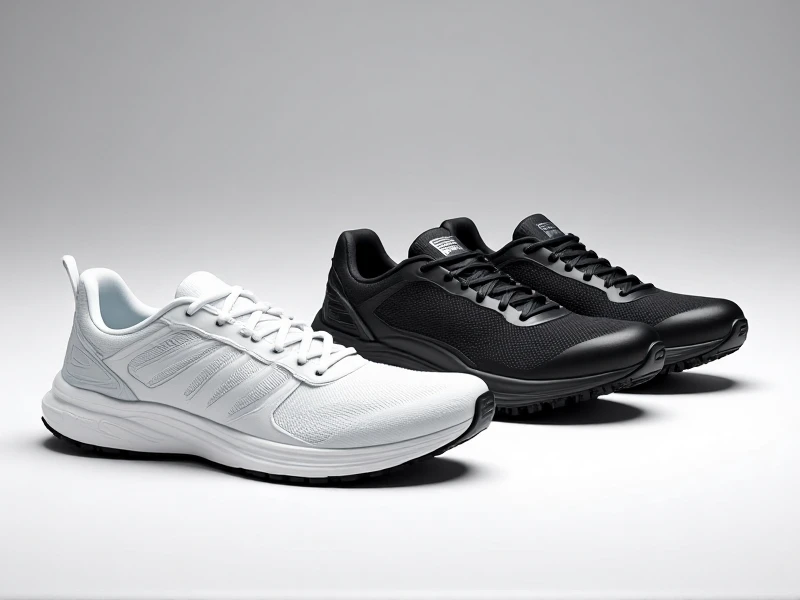
Running Shoes: Your Guide to Choosing the Perfect Pair for Comfort and Performance
Here's an SEO-optimized article targeting the keyword "running shoes":
Finding the right pair of running shoes is the single most important investment for any runner, whether you're tackling your first 5K or training for a marathon. The perfect running shoes transform your experience, providing essential comfort, injury prevention, and peak performance. But with countless options flooding the market, selecting the ideal pair can feel overwhelming. This guide simplifies the process, focusing on crucial factors to consider.
Understanding your unique running biomechanics is the foundation. Feet have distinct arch types (high, neutral, low/overpronator) impacting tread wear patterns and pronation control needs. Specialty running stores often offer gait analysis – observing how your foot strikes and rolls – to recommend running shoes offering the right stability features. Proper stability combats unnatural foot movement, reducing muscle fatigue and injury risks like shin splints.
Cushioning technology is vital. Running shoes utilize various foam compounds (EVA, TPU, Pebax) in the midsole, balancing soft impact absorption with responsive energy return. While maximal cushioning suits longer distances like marathons by easing joint stress, minimalist options give direct road feel but demand stronger foot muscles. Many top brands (e.g., Nike Air Zoom, Adidas Boost, Brooks DNA Loft) offer proprietary blends catering to different preferences.
The shoe's fit is paramount. Running shoes should feel snug yet comfortable immediately. Allow a thumb's width space between your longest toe and the end of the shoe to prevent bruising during downhill runs. Ensure a secure heel hold without slippage and sufficient midfoot support. Consider that your feet swell during runs; trying on running shoes late afternoon often provides the most accurate fit. Breathable mesh uppers are standard for cooling and comfort.
Match the running shoe type to your typical training terrain. Road running shoes prioritize cushioning and pavement traction, usually smoother underfoot. Trail running shoes feature aggressive lugs for grip, rock plates for protection, and often added stability to handle uneven surfaces. Lightweight racing shoes or flats sacrifice some cushioning for aggressive speed but are less suitable for daily training miles.
Key selection tips:
- Get Analyzed: Seek professional gait analysis.
- Prioritize Fit: Comfort over looks; your feet will thank you.
- Match Activity: Choose road, trail, hybrid, or racing-specific running shoes.
- Consider Surface: Concrete needs more cushion; trails need grip/protection.
- Replace Regularly: Most running shoes last 300-500 miles before cushioning breaks down, increasing injury risk.
Investing time in finding the right running shoes pays off exponentially in improved comfort, longevity in the sport, and reaching your running goals with fewer setbacks. Prioritize support, cushioning, and that perfect fit for miles of happy, healthy running.